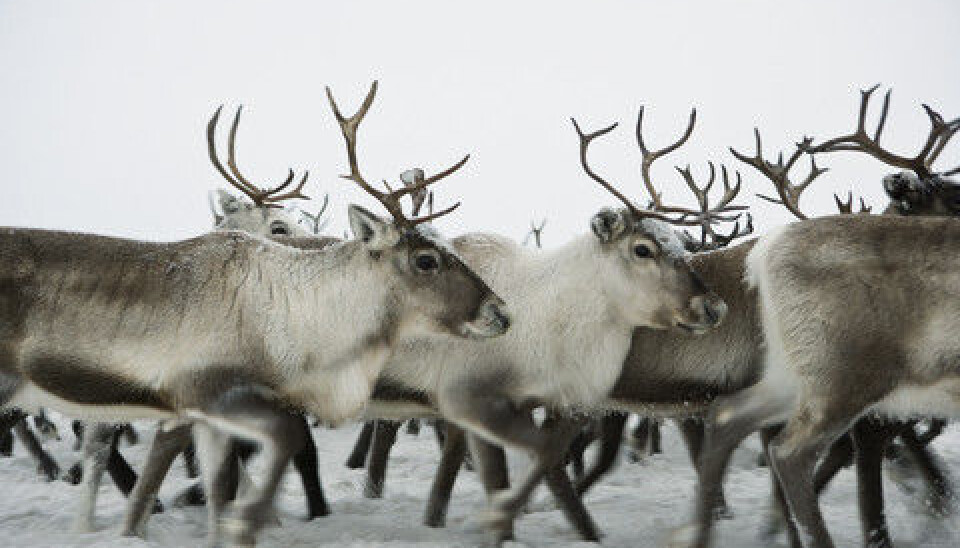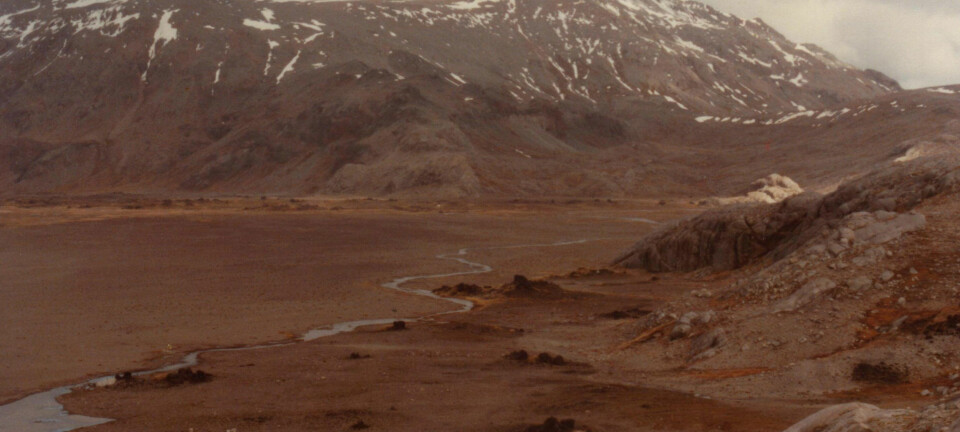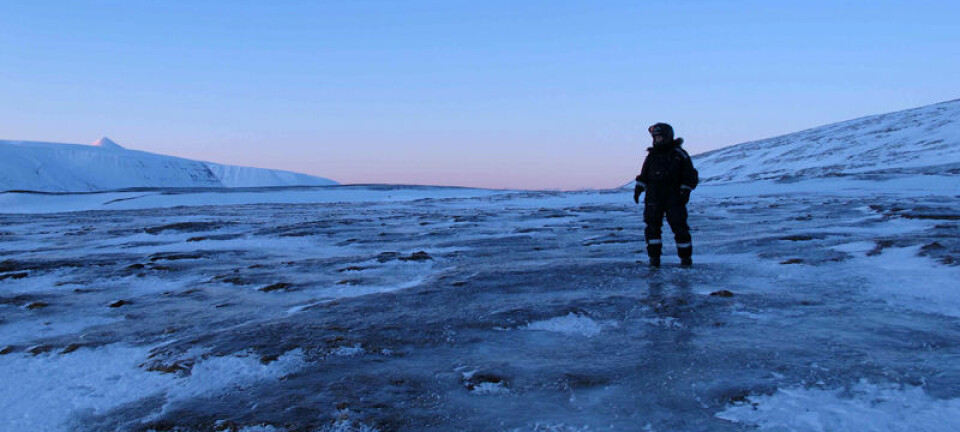
How archaeology helps wild reindeer
Archaeological finds left by prehistoric hunters offer today's biologists invaluable tools for understanding how reindeer once roamed Norway's landscape - unimpeded by roads, power lines or other infrastructure.
Denne artikkelen er over ti år gammel og kan inneholde utdatert informasjon.
The world as we know it now looks quite different from the way it used to look, as more and more pristine habitat is replaced or fragmented by urban areas and infrastructure such as roads, power lines, pipelines and dams.
Scientists worldwide have worked to understand the effect of this rapidly expanding infrastructure on wild species, with the ultimate goal of minimizing potential negative effects.
These studies have focused on migratory species such as reindeer and caribou, because the development of infrastructure along traditional migratory routes can hinder or block migrations, with significant consequences for the species.
But how much have traditional migratory routes already been altered by the development of cities, roads and railways that have been in place for decades or centuries?
Answering this question requires finding a way to look back into the past, to understand how reindeer moved through Norway's landscape, unimpeded by modern infrastructure.
Stone hides and fences
Researchers in Norway have now found an indirect way to solve this problem. Roughly 8000 stone hides that ancient hunters used to conceal themselves and large-scale systems of fences offer clues to animal concentrations and movements before the construction of modern-day roads and railways.
Some of these structures were built between roughly 600 and 2000 years ago, and have been in use until 350-400 years ago.
The fences, for example, were often strategically positioned to exploit local topographical features and were used to lead reindeer into traps or lakes, where they were slaughtered for human consumption.
By comparing the location of these prehistoric large pitfall systems with high-resolution data on current-day reindeer movements across the species' range, researchers have been able to identify important ancient migration/movement corridors that have been abandoned or "lost".
Tourist cabins and roads
Researchers have also been able to quantify how different man-made disturbances affect reindeer by studying what has been built in areas surrounding these “lost migration corridors".
Tourist cabins had the strongest, most direct long-term effects. Researchers have found that reindeer always abandoned traditional migration routes along which at least one tourist cabin had been built in modern times.
Roads also had a strong negative effect.
The construction of 1 km of road within 1 km of ancient migration routes made it 46% less likely that the area would be used by reindeer today. Power lines and private recreational cabins also had negative effects on the probability that reindeer would use ancient movement corridors, although these effects were indirect, mediated by the effect of roads.
International responsibility
Norway is home the last populations of wild mountain reindeer, and thus has international responsibility for their conservation.
Archaeological finds show that ancient reindeer used to roam across their entire range, only constrained by the presence of topographic barriers.
Nowadays Norway's reindeer population is divided into 23 virtually isolated sub-populations.
These sub-populations are the result of reindeer abandoning traditional migration and movement corridors, most likely because of man-made disturbances and the development of infrastructure.
By studying modern movement data and comparing it with archaeological finds, scientists are able to provide results that can be used to help develop future sustainable land management plans and to guide habitat restoration projects in sensitive areas.


































